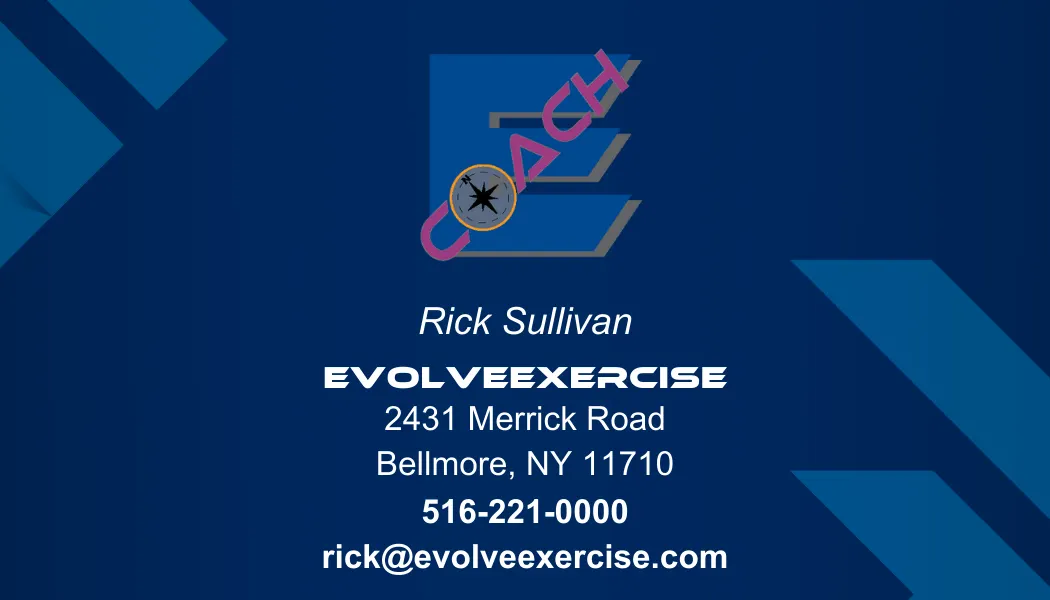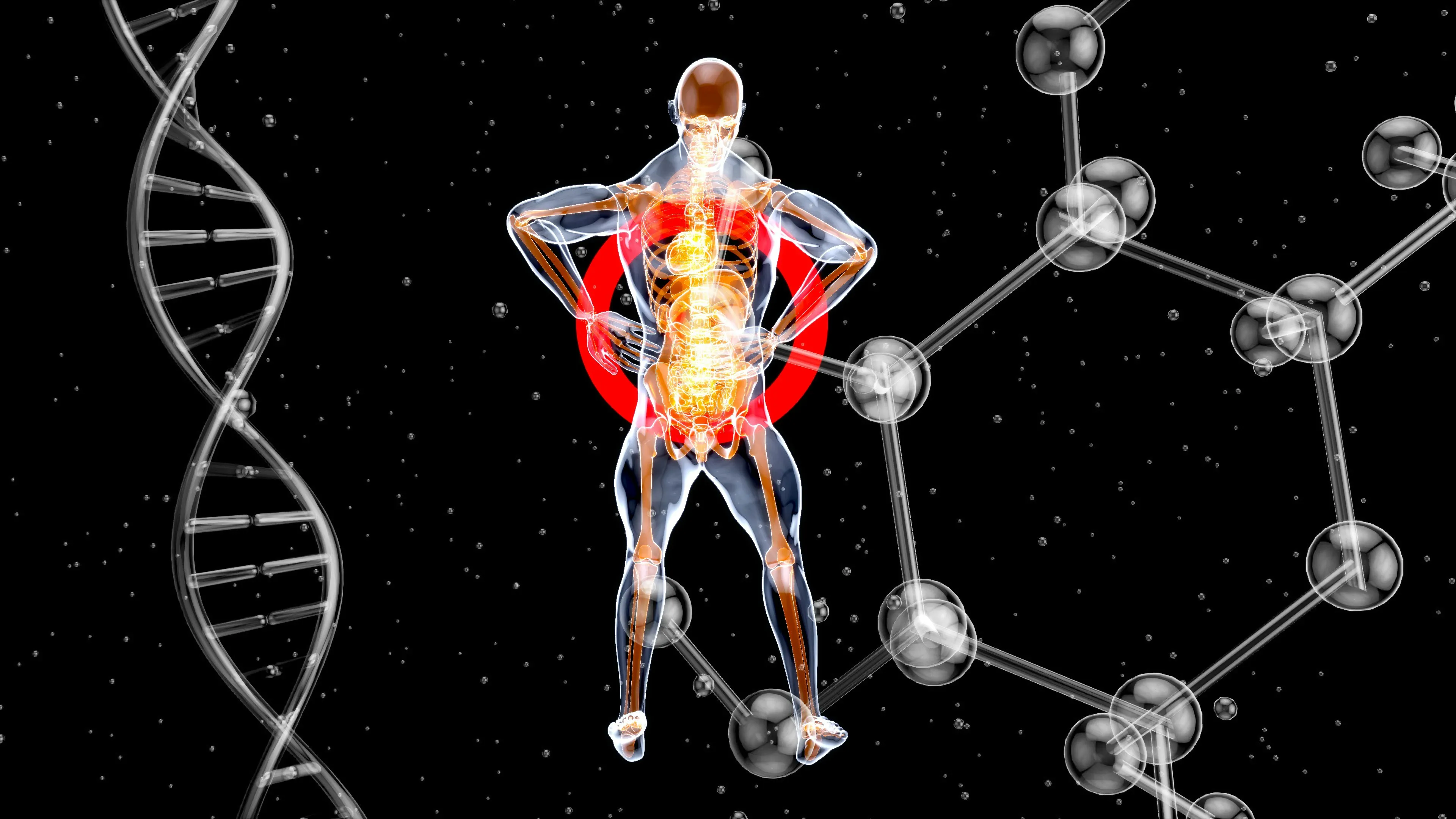High Intensity REPETITION

Mastering the Repetition
The foundation of every exercise is the repetition. The quality of your repetitions will determine your results. If you want to maximize your training, optimize every rep. Quality repetitions not only lead to better results in less time, but significantly reduce your risk of injury. Let’s break down what makes a great repetition and how you can elevate your workouts.
Anatomy of a Repetition: The Four Phases
Every repetition consists of four key phases:
- The Positive – Raising the weight.
- The Negative – Lowering the weight.
- The Upper Turnaround – Transitioning from raising to lowering.
- The Lower Turnaround – Transitioning from lowering to raising.
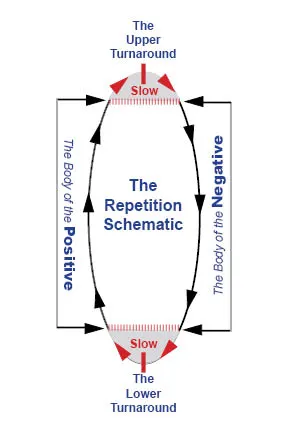
*This picture, adapted from Ken Hutchins’ Super Slow Technical Manual (1992), provides an excellent visual framework for understanding how to execute a repetition effectively.
The Positive Phase: Smooth and Controlled Lifting
The positive phase involves lifting the weight. This should always be done in a smooth, slow, and controlled manner. Rushing through this phase often leads to poor form and diminished results.
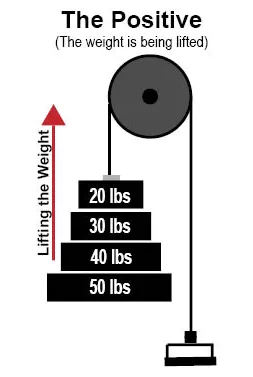
The Upper Turnaround: Transition with Precision
As you reach the top of the positive phase, slow down as you transition into the upper turnaround. Maintain control here—this is not a moment to relax or lose focus.
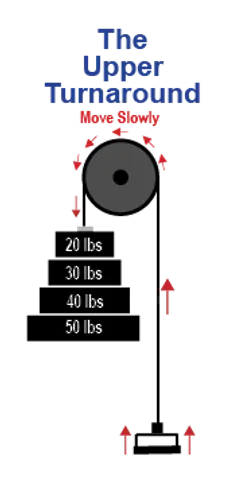
The Negative Phase: Accentuate the Descent
The negative phase is where most people go wrong—they let the weight drop too quickly. Not only does this increase injury risk, but it also wastes an opportunity to build strength. Lower the weight slowly and deliberately, as this phase is where significant muscle growth occurs.
Pro Tip: Strength is built in the negative phase—don’t rush it!
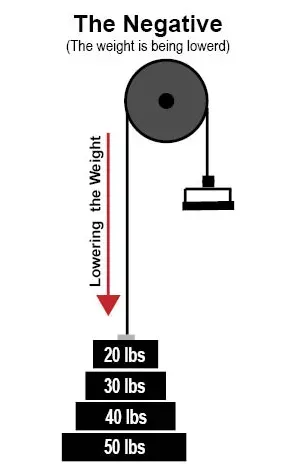
The Lower Turnaround: The Most Critical Phase
The lower turnaround is arguably the most important part of any repetition. This is where muscles are activated and injuries are prevented. Slow down dramatically as you transition from lowering to lifting, especially during the first inch of movement in the positive phase.
Key Insight: Moving extra slowly through the lower turnaround ensures proper muscle activation and reduces joint strain.

Lift with Intention: Focus on Your Purpose
What’s your goal with each exercise? For example, if you’re doing a biceps curl, your intent should be to stimulate your biceps—not rely on momentum or other muscle groups.
Clean Up Your Form
Many people unknowingly use momentum instead of muscle strength during exercises. To avoid this:
- Check your ego at the door—choose a weight that allows for perfect form.
- Focus on building strength, not just displaying it.
- Perform each rep with intention and precision.
Remember: It’s not about how many reps you perform but about how effectively you fatigue your target muscles.
Function and Form First: Train Smarter, Not Longer
Understanding basic anatomy can dramatically improve your workouts. Before choosing an exercise, ask yourself:
- What is the function of the muscle I’m targeting?
- Does this exercise align with that function?
- Can I perform this exercise safely while protecting my joints?
When you prioritize proper function and form, you’ll stimulate muscles more effectively while minimizing injury risk.
Slow, Smooth & Controlled: The Key to Mastery
There’s an inverse relationship between speed and control—the slower you move, the less momentum is involved, forcing your muscles to work harder. However, moving too slowly can cause choppy or segmented movement. Strive for a smooth, controlled pace that allows you to stop at any point if needed.
Rule of Thumb: If your movement becomes jerky or segmented, increase your speed just enough to smooth it out—but never sacrifice control.
Control Your Turnarounds: Prevent Injuries and Maximize Results
Turnarounds (the transitions between raising & lowering the resistance) are where most injuries occur due to rapid changes in direction and acceleration forces. To ensure safety:
- Move extra slowly through turnarounds.
- Pay special attention to the first inch of every repetition—it sets the tone for the entire rep.
Ultimate Hack: Mastering slow turnarounds will dramatically improve both safety and effectiveness in every exercise.
Intensity Drives Results
Research shows that leaving too many reps “on the table” limits progress. Once you’ve mastered form, focus on increasing intensity while maintaining impeccable technique.
Train to Momentary Muscular Failure… or at least close to it
Pushing yourself close to muscular failure (the point where you can’t complete another rep) is key for progress. If failure feels intimidating at first, aim to stop 1–2 reps shy of it while still challenging yourself.
Remember: More isn’t better—better is better! Quality always trumps quantity when it comes to exercise.
Start Simple: Mastery Over Complexity
You don’t need a long list of exercises to see results—focus on mastering a few foundational movements first:
- Row
- Chest Press, Push Ups or Bench Press
- Leg Press or Squat
These three exercises target major muscle groups and provide an excellent starting point for building strength and improving form. Once you’ve mastered these movements, gradually expand your routine by adding more exercises—but only if you can maintain perfect form.
Final Thoughts: Master Every Repetition
Proper exercise should be physically exhausting yet mentally rewarding—it’s brief but powerful when done correctly. By paying attention to details like form, turnarounds, and intensity, you’ll get far more out of every workout session.
Remember:
- Work hard but smart.
- Prioritize quality over quantity.
- Master every repetition before chasing heavier weights or higher rep counts.
By doing so, you’ll unlock your full physical potential while minimizing injury risk—and that’s what effective training is all about!
